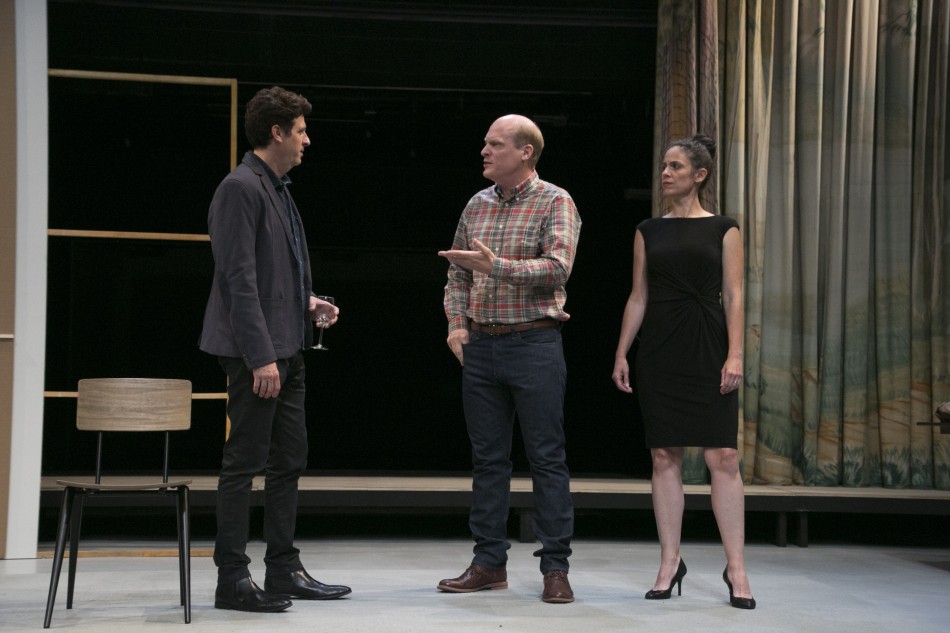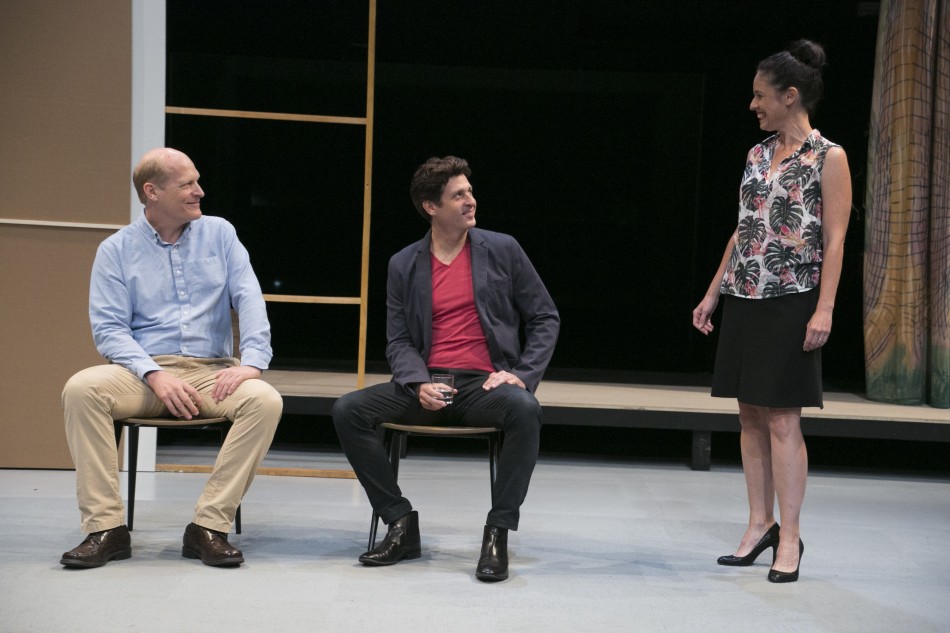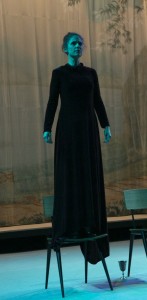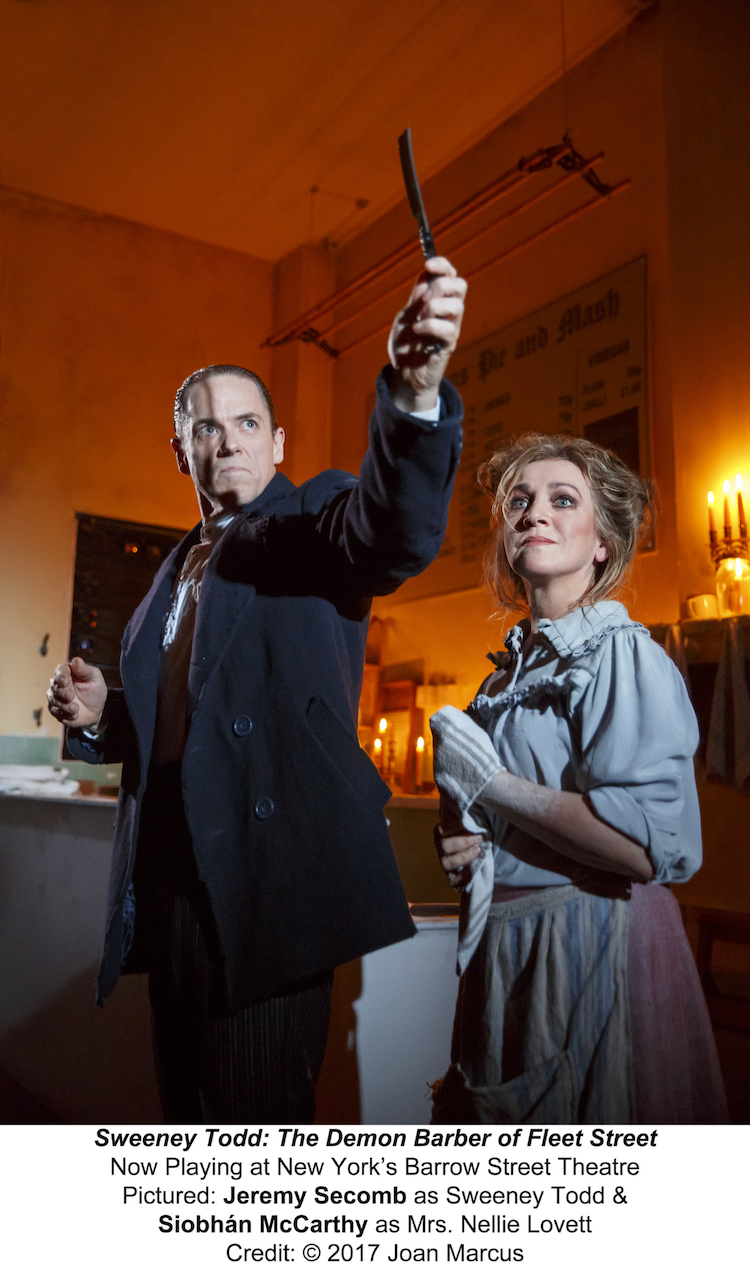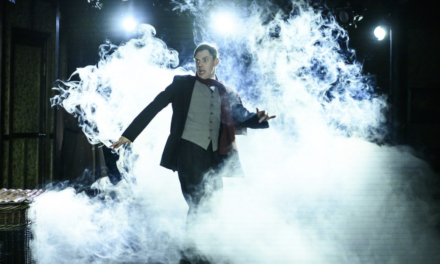by JK Clarke
Deconstructing an art form can often lead to interesting and beautiful new styles, movements or individual works of art. Picasso’s foray into cubism produced world-renowned masterpieces; Eric Satie’s Gymnopedies broke classical piano into works we are exposed to in television and film almost daily; and Beckett’s stripped down interactions in Waiting For Godot changed theater forever. But when an attempt to experiment in this manner fails it does so spectacularly. Case in point is New York City Players’ production of Isolde (written and directed by Richard Maxwell) now playing at Theatre for a New Audience’s Polonsky Shakespeare Center. Isolde, based very, very loosely on the legend (and subsequent adaptations and interpretations) of Tristan and Isolde which at base is the story of a lover’s triangle (and often said to be the inspiration for the relationships between King Arthur, Guinevere and Sir Lancelot). Isolde seems, however, to have as much in common with the legend as it has with, say, Moby Dick.
Isolde is starkly meta from the outset. The actress Isolde (Tory Vazquez) is practicing her lines for a play—possibly this one—while her husband, Patrick (Jim Fletcher), looks on, prompting her through numerous memory lapses. The owner of a construction company (in a deconstructed play—get it?!), he’s dressed like a marketing guy from a mid-western tech firm (uninspired light blue button up shirt, beige Dockers) and she’s in a patterned, sleeveless top with a black skirt, hair in a bun and looking a little lost. Later, we’re with them as they are planning to build a modern, expensive dream home on a lake. Patrick wants Isolde to have anything she wants (we get the impression she is sick—early stages of Alzheimer’s maybe?), so he’s letting her take charge of the project. She brings in award-winning designer Massimo (Gary Wilmes) to create a masterpiece. Unsurprisingly, little time passes before Isolde and Massimo are working up a sweat on the side of the stage, in flagrante delicto. And voilà, there’s your three-way love triangle. Except that it doesn’t really feel that way. None of the dialog between any of the characters has built up the tension that would normally build to such a scenario. In fact, each often talks to the other almost as if they’re not there. Most of what’s spoken feels like exploration of a character’s deep, biographical background (which the actors would study on their own and the audience would never hear) in place of natural dialog. Too much of the play feels like a graduate level course in acting theory rather than a production with $85 seats.
These conversations that are mere structural elements upon which real dialog would be hung in a more conventional play are mirrored by a set (Sacha Van Riel) that is also merely a frame: a flat platform adorned with non-descript plastic chairs, set off with plain drywalls with exposed supports and braces. Just like the play, the set is still in the very beginning phases of construction. A later, dreamlike interlude in which the characters wearing medieval costumes act out scenes—in pantomime—more in line with the original legend (which could, in fact, be the play for which Isolde was rehearsing), further cleaves the play from reality, making it feel more like a Robert Wilson production than the realist theater it purports to be. Further delving into the surreal, when the inexplicable character of Uncle Jerry (Brian Mendes), a fellow contractor (again, more on the “construction” theme) is introduced, he stands upstage, pulls out his iPod, presses a few buttons, making us think he may be calculating building costs . . . and plays Bob Seger’s 1975 classic rock hit “Night Moves” (a hammy song about a passionate love affair) almost in its entirety. O-kay.
Whether or not you are fond of experimental or avant-garde theater is immaterial. Good experimental theater is, quite simply, good theater. On the other hand, failure to enrapt or capture the audience’s attention or imagination is not. Toward the end of Isolde during a particularly vague confrontation with Patrick, Massimo whines, ostensibly to Patrick, but possibly to everyone in the theater: “I don’t know what’s going on!” Neither do we, Massimo. Neither do we.
Photos by Gerry Goodstein
Isolde. Through September 27 at Theatre for a New Audience’s Polonsky Shakespeare Center (262 Ashland Place, between Lafayette Ave and Fulton Street – Brooklyn). www.TFANA.org


